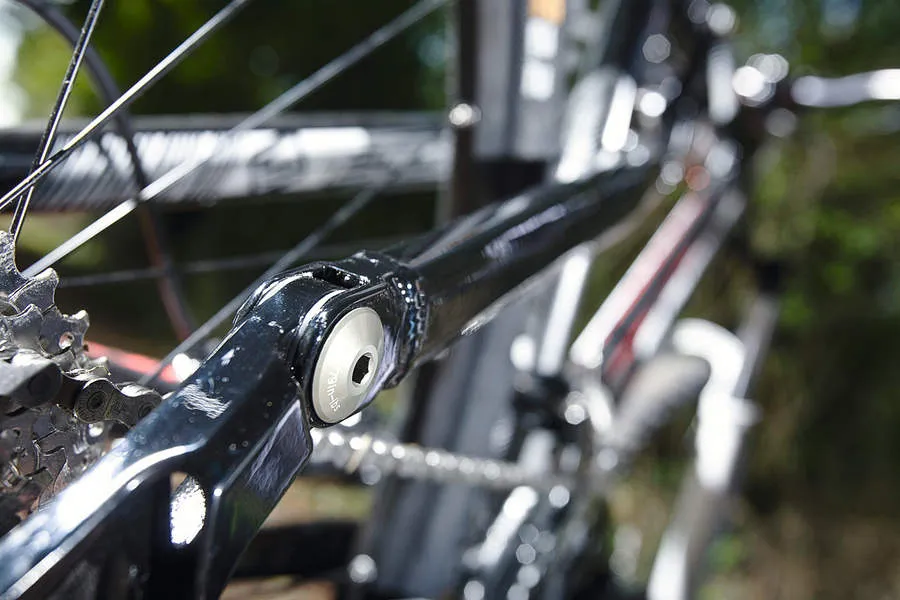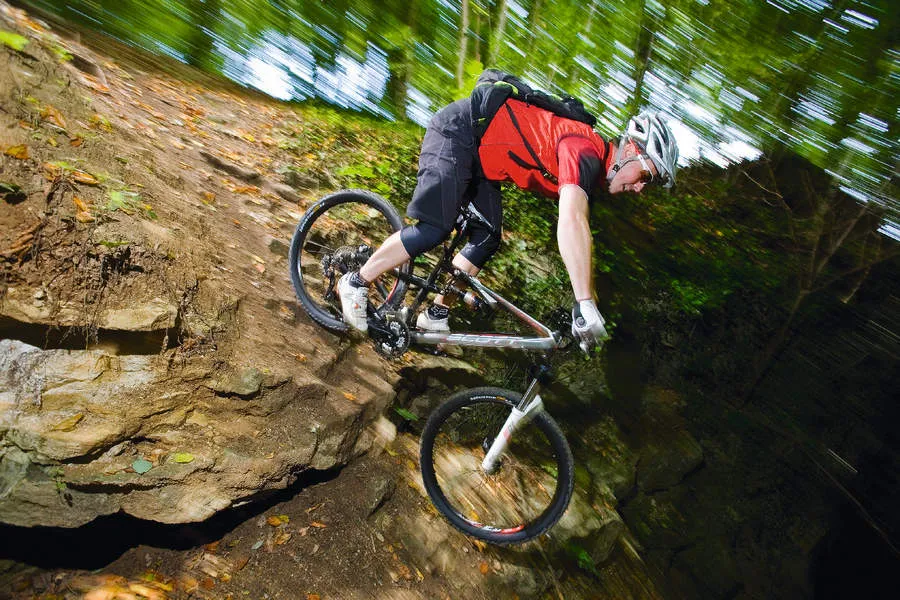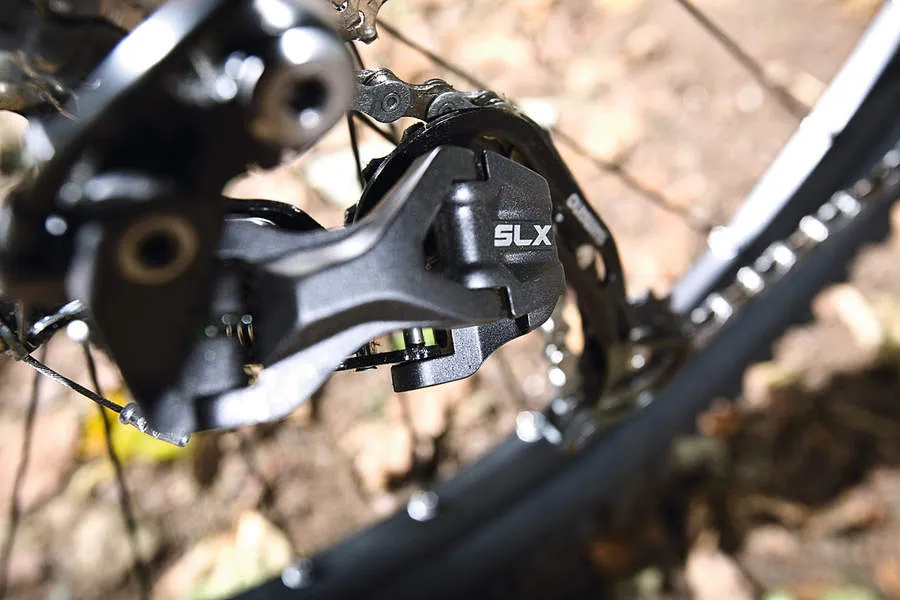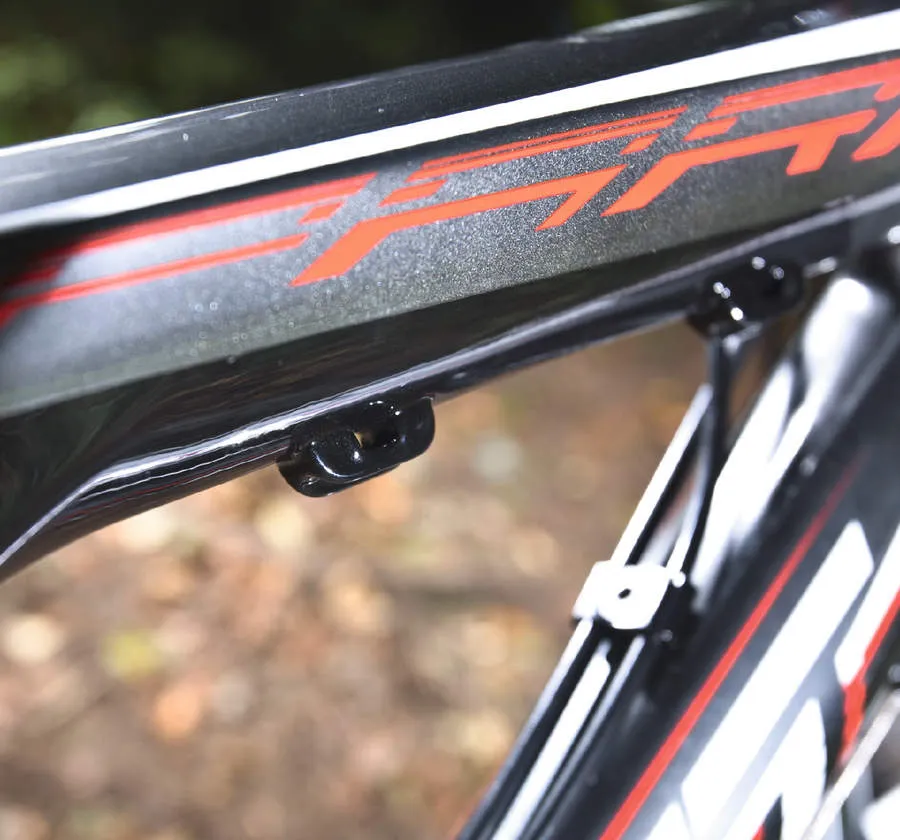Scott’s Sparks usually scream 'straight-laced cross-country racer', but its budget alloy-framed Spark 60 model wants a scrap in the woods if you’re up for it. With some sensible upgrading you can easily build yourself a bike that will want to play like a puppy on the trails but can sprint like a greyhound on the racetrack.
When the Spark was launched to the world two years ago, it was as a no-holds-barred cross-country/marathon racer – a role it has lived up to, gaining wins and medals at every turn. The Spark 60 has shown us a different, slightly bonkers side to the straight-laced Spark platform. We’re dragging the bike out of the racer pigeonhole and planting this 60 firmly in the trail category. However, a lot of that is down to the weight, which can be altered as stock parts start to wear out.
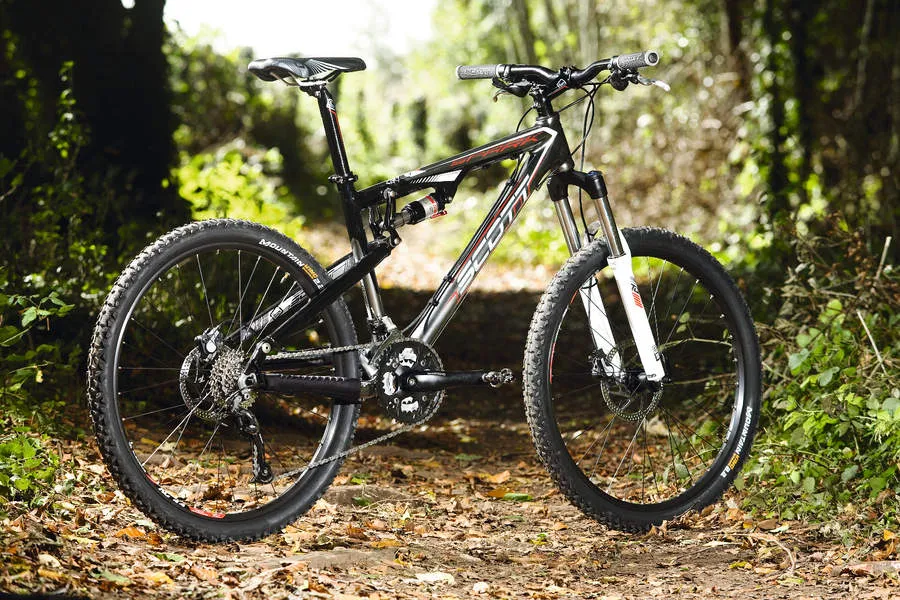
Ride & handling: Begs you to ride it like you stole it
We had the Spark 60 down as an overweight cross-country wannabe, and it's no race winner – it’s simply too heavy. However, as the competitive juices subside, the 60 shows another side to its character, that of danger-hungry trail bike.
Dial in some reactive, softish suspension and let some of the cross-country race air pressure out of the tyres, and the bike begs you to ride it around the countryside like you stole it. The Scott seems to turn instinctively off the rear wheel, allowing you to attack twisty singletrack like a guided missile.
There is a little flexibility in the chassis, coming from the spidery linkage, but even this is forgivable when the overall result is a bike that simply rewards a rider for believing this 110mm travel ‘cross-country racer’ could go large. We feel that flex helps when carving because it allows the rear to work around bumps and break traction slightly earlier for some predictable drift action.
Ripping up the trails was a blast – if a little physically demanding – but we were won over by the Spark 60’s natural charm. If we were the long-term owners of this Scott we’d be looking at the myriad weight-saving opportunities with a grin and saving our pennies. In a year of hard riding and some savvy upgrading, a Scott 60 owner could easily shed 3lb from this bike. It might even be ready to race.

Frame: Hydroformed chassis is no featherweight
You can look long and hard at the Scott, but you won’t find a shred of the carbon fibre for which the company is famed. What you will find, though, are plenty of double-butted hydroformed 6061 alloy tubes. Run your hand over any surface of the Spark 60 frame and you’ll feel the subtle shapes, curves and angles that were simply unavailable to frame designers less than a decade ago, prior to the development of technology to hydroform tube shapes and wall thicknesses.
It all means tubes are more accurately shaped and manipulated inside and out, leading to a lighter, more responsive frame. The official 29.8lb all-up weight may not be exactly feathery, but in the old days this bike would have weighed in the low thirties.
It may be entry level but there’s a tonne of detail, such as spare zip-tie cable guides under the top tube so you can upgrade to a remote lockout rear shock or cable-operated adjustable seatpost. Knowing the bike as we do, and its penchant for a bit of trail ‘aggro’, we’d go for the seatpost option.
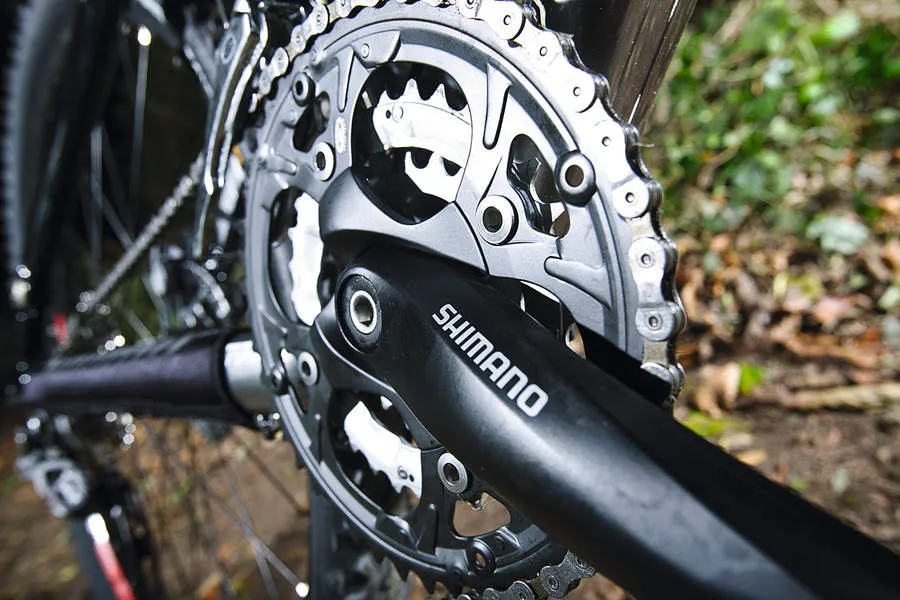
Equipment: Shimano and RockShox, but poor wheel build
This bike doesn’t look like it costs £1,199, and the frame will fool you into thinking you’ve bagged a ride worth a few hundred more, but look a little closer and you’ll see the kit you expect for £1,200. Non-Hollowtech, non-series Shimano cranks and associated square-taper BB are neither as stiff nor as light as Deore units. The bulk of the other components are Deore, however, with the notable exception of the SLX Shadow rear mech.
So how does this affect performance? Not a great deal. Everything shifts and brakes like more expensive Shimano kit, it just weighs a little more and in certain cases won’t hold the performance sweetspot quite as long. Highlights include the 120mm travel coil-sprung RockShox Tora 302, which was lively and eager to seek out and dispatch every bump. It’s not as controlled as the more expensive air forks, but it lets you launch the bike into any situation with confidence.
Another smile-inducing factor is the 2.2in Continental Mountain King tyres. They’re wire beaded, so not that light, but they take to dry autumnal dirt with relish, delivering loads of grip but with just enough predictable slide to let you crank your ‘hooligan dial’ up to 11. It takes a while to anticipate their traction in the wet, though.
The biggest let-down on our test bike was the wheels – not so much the components, but the way they’d been built. We felt the spoke tension in both wheels was slack, particularly the front. This led to a wandering front end, especially under load. We’d be inclined to add a turn, maybe two, to the front and a turn to the rear. We also felt the cassette could do with a 34t top sprocket instead of 32t.
